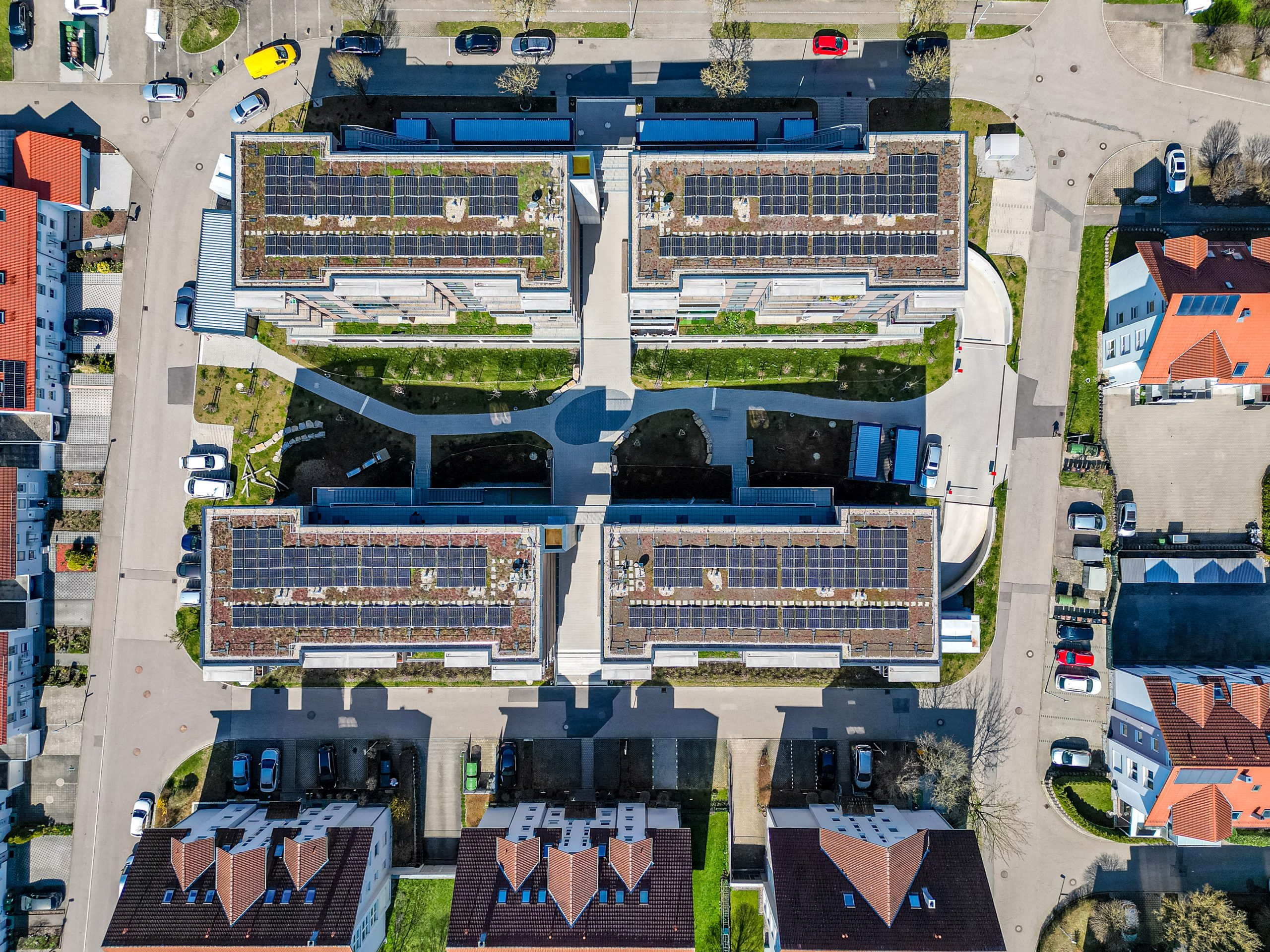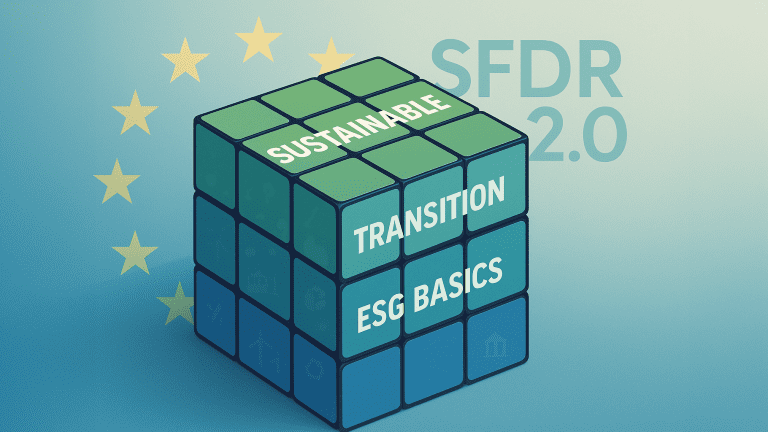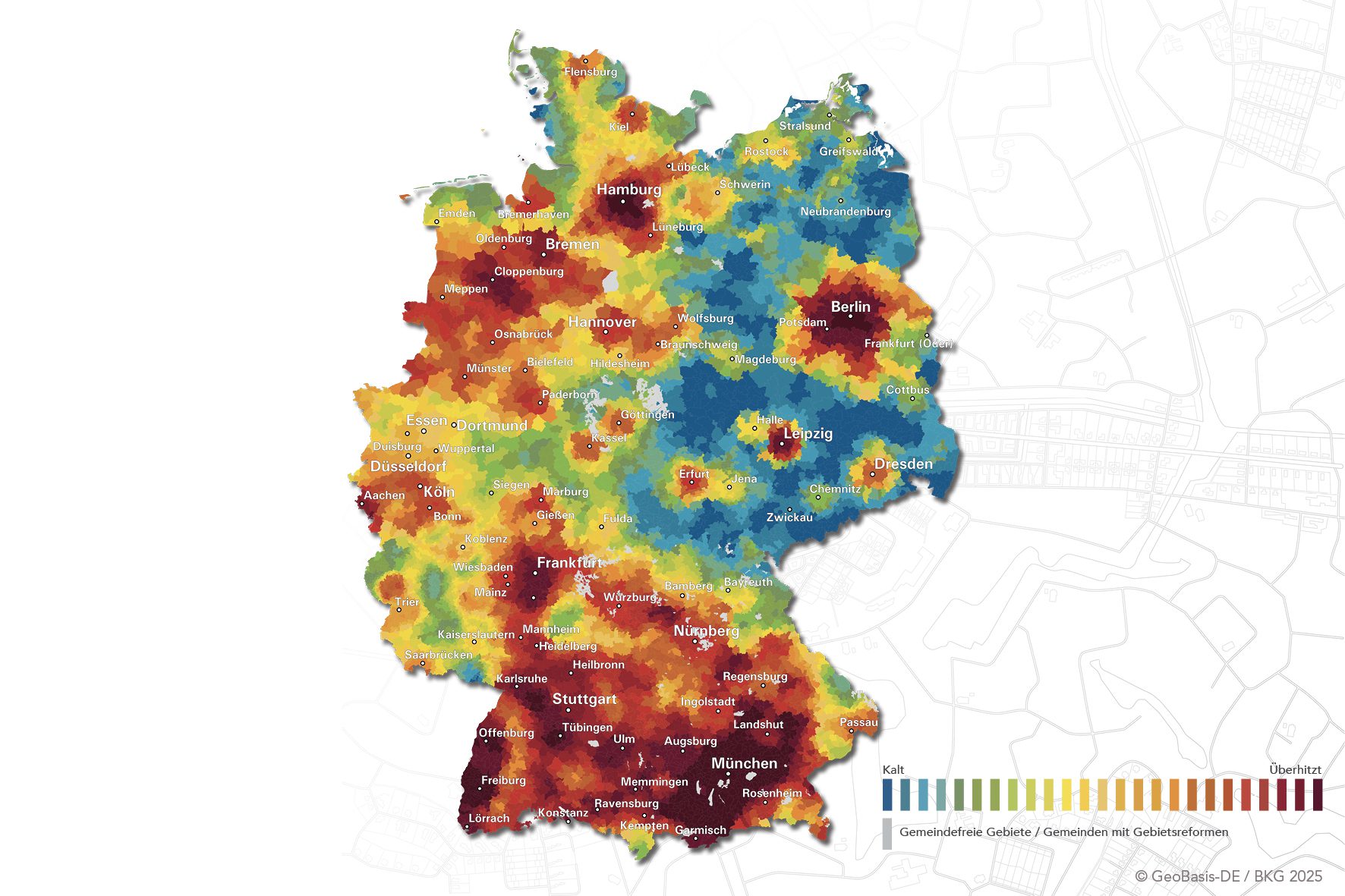Globally listed infrastructure (GLI) companies will once again become the focus of strategic investors in 2025. They offer stable cash flows, inflation-protected income and attractive valuations – and thus offer an attractive combination of defensive quality and long-term growth potential.
- Historically attractive valuations
GLI is currently historically cheap compared to global equities – with the lowest valuation level in the last 20 years (e.g. EV/EBITDA spread: -2.5x vs. a long-term average of -0.2x).
In the past, such valuation levels were often harbingers of above-average returns.
- Robust fundamentals despite interest rate environment
Even in the current interest rate environment, the fundamentals are stable: growth in the energy, utilities and transport sectors is supported by structural demand and investment.
Key drivers for 2025 include long-term contracts in the data center sector, rising demand for gas power, investments in Europe and the UK, and recovery in airports and telecommunications.
- Political impulses after the US election
After the 2024 US election, growth-oriented sectors have benefited from the “Trump 2.0” sentiment in the short term – to the detriment of GLI.
However, a more balanced picture emerges for 2025: even with possible cuts in tax breaks for wind and solar energy, many GLI segments are likely to benefit from a countermovement.
- Significant valuation discount compared to private infrastructure
GLI is currently trading at a roughly 27% discount to unlisted infrastructure companies – discounts at an all-time high.
For investors who want to cost-effectively supplement their allocation to infrastructure, this is an attractive entry opportunity.
- Diversification and stability in the portfolio at the same time
GLI has significantly lower volatility than global equities (standard deviation around 9% vs. 21%) and is particularly resilient during weak market periods.
The asset class also offers inflation-protected income and constant growth – a valuable anchor of stability in uncertain times.























